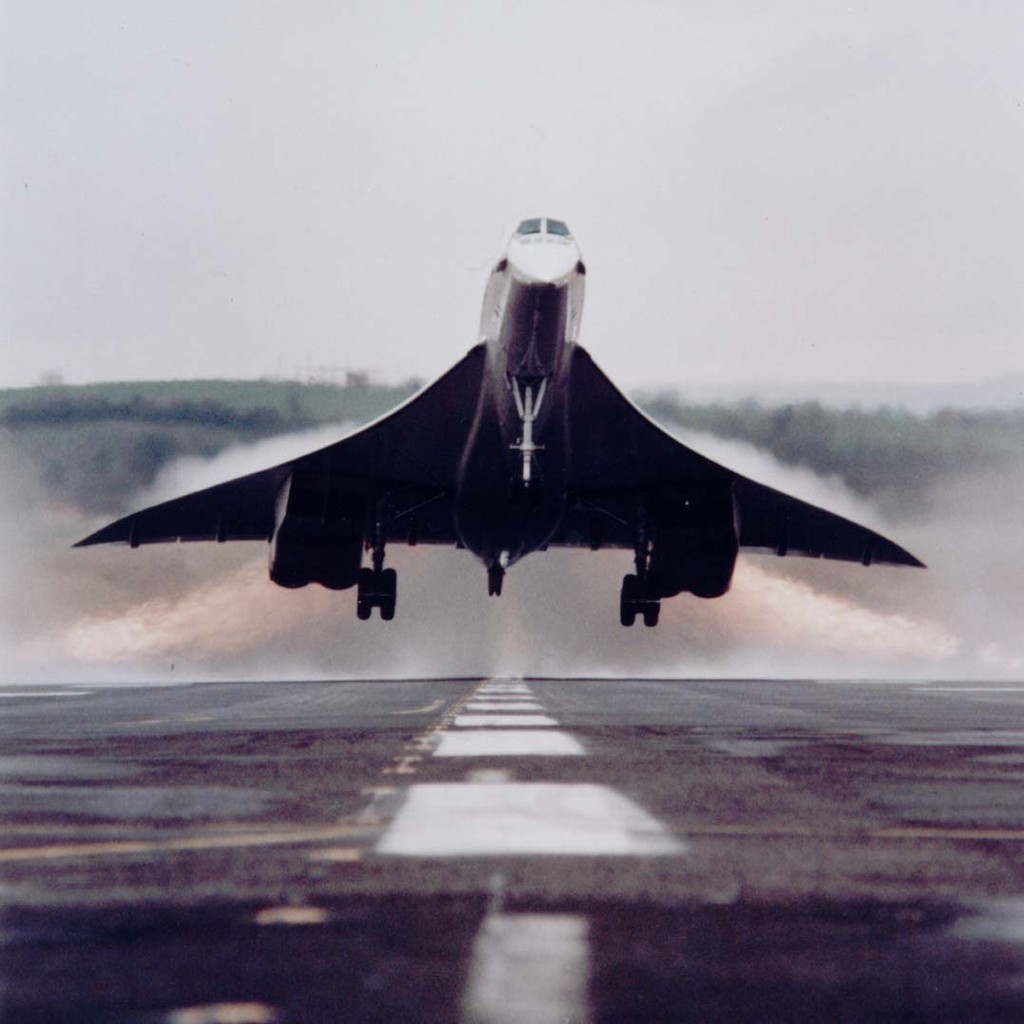Recently, I got the opportunity to look around a preserved Concorde supersonic airliner. Here's what it what it was like.
For its day, as it is now, Concorde was an undeniably impressive marvel of aeronautical engineering. As the first supersonic passenger aircraft, it forged the way for future progress. So what is it like inside one of these planes? Well, although you can't fly in one anymore, there are eighteen of the original twenty aircraft still around. Concorde G-BOAC is based in Manchester, UK.

Concorde: a Brief Background
It's safe to say that Concorde is quite a unique shape for an airliner. This is, of course, because it was (and remains) the fastest airliner in history. It was developed in the 1960s by a joint team of French and British engineers.

It was powered by four turbojet engines which powered it to over twice the speed of sound - 1,354mph/ Mach 2.4. These engines were modified subsonic turbojets used on the Vulcan Bomber. They used intakes with automatically adjusting intake ramps to decelerate airflow into the engines.

One problem during the development of Concorde was the extreme heats that aircraft would have to deal with when flying at Mach 2.4. The aircraft was nearly 204ft in length but actually expanded up to 10" during the flight due to the metal airframe heating up! Inside the cockpit, a gap between the flight engineer's control panel and the bulkhead opened up at altitude so much that you could stick a hand inside. In Celsius, here is a heat map of Concorde when flying supersonically at 60,000ft.

The aircraft was painted in a specially developed covering to withstand airframe expansion whilst dissipating high surface temperatures.
Unfortunately, the aircraft was retired in 2003. As there are presently no other supersonic airliners in the world, it is no longer possible to fly commercially through the sound barrier.

Climbing Aboard
Thankfully, you still can glean a taste of what it was like to jet off across the Atlantic Ocean in one of these remarkable aircraft. G-BOAC is parked up in a special hangar of Manchester Airport in England. The mighty aircraft stands proudly on the same tires it landed on at this airport way back in 2003.

Standing underneath, it's easy to get an appreciation of quite how tall the landing gear is. The large delta wing sweeps cleanly above you as the nose protrudes forwards. From the tip of the pitot tube, the front gear leg is a whopping 61ft (18.7m) away. Imagine how much the nose swings around while taxiing!

Going inside the mighty airplane, it's actually quite cozy. This isn't to say that the cabin feels cramped, with a long brightly lit interior, but there definitely isn't an abundance of space. When Concorde was built, it was always going to be a small capacity aircraft with a maximum of one-hundred passengers. Twin seats made from titanium and covered with the best leather line two compartments stretch to the rear.

Up front, there's a handy projection of exactly how fast and high you're traveling. Excited passengers used to get pictures of this so I clearly did too.

The flight deck is equally a little tight on the space. It had to fit in three crew members: the captain, first officer, and flight engineer. When you look at the analog controls they worked with, you can really see this futuristic looking aircraft was, in fact, an airplane of the 1960s. Despite this look, the aircraft was cutting edge for its day. The fly-by-wire system used to control Concorde's elevons was one of the first installed in any production aircraft.

Panning back, the tight space in which three people worked during every trans-Atlantic flight becomes ever more apparent. During the flight, the busiest member would be the flight engineer who would transfer fuel between Concorde's thirteen fuel tanks. This was done to ensure that the center of gravity was in the right place relative to the shifting center of pressure at varying supersonic velocities.

It's a fantastic thing that there are so many of these aircraft around the world; only two of the twenty built no longer exist. If you ever get the opportunity to visit one in New York, London, or Paris - do so. For a plane designed over half the entire history of aviation ago, the thing sure does look good.
If you enjoyed this article, make sure to check out this one on the 1930s de Haviland Rapide Airliner.
Article by James Whomsley
Editor of FliteTest.com
Contact: james@flitetest.com
YouTube Channel: www.youtube.com/projectairaviation








Log In to reply